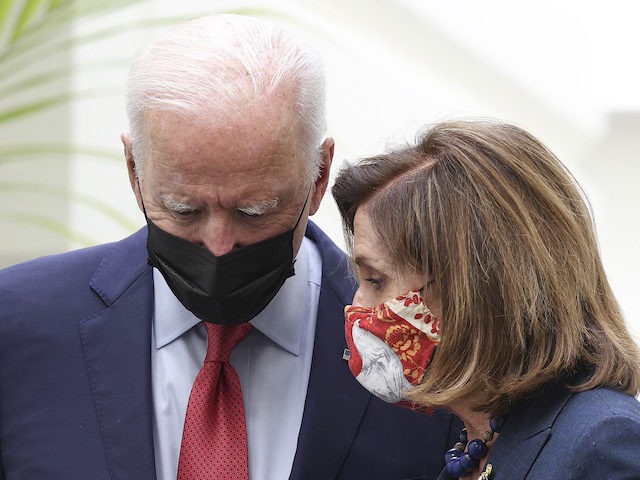A measure of underlying inflationary pressure on the economy rose to its highest level since 1990 in September.
The Federal Reserve Bank of Dallas calculates that so-called Trimmed Mean Inflation rose at an annual rate of 5.1 percent in September, the fastest monthly pace of price acceleration in 31 years.
Dallas Trimmed Mean Inflation measures inflation by removing the most volatile price movements up and down from the Personal Consumption Expenditure Price Index compiled by the Department of Commerce. This metric, sometimes called a central-tendency statistical measure, is thought to produce a less noisy indicator that is better at producing future inflation than the more inclusive price index.
On a 12-month basis, Dallas Trimmed Mean inflation jumped from 2.0 a month ago to 2.3 in September. That’s a large move in a metric that is non-volatile by design and the highest level since 2008.
The jump in underlying inflation is the latest piece of evidence indicating that Fed chair Jerome Powell and the Biden administration were offbase when they predicted inflation would be transitory. Powell and administration officials this summer argued that inflation was concentrated in just a few categories experiencing supply bottlenecks or surging demand, such as durable goods and used cars. Once demand normalized and bottlenecks cleared up, inflation would fall.
In a speech in Jackson Hole, Wyoming this August, Powell specifically pointed to trimmed mean inflation as evidence that underlying inflation was not as strong as the headline figures suggested.
From Powell’s speech:
We consult a range of measures meant to capture whether price increases for particular items are spilling over into broad-based inflation. These include trimmed mean measures and measures excluding durables and computed from just before the pandemic. These measures generally show inflation at or close to our 2 percent longer-run objective. We would be concerned at signs that inflationary pressures were spreading more broadly through the economy.
The big jump in trimmed mean inflation is a sign that inflationary pressures have spread more broadly.

COMMENTS
Please let us know if you're having issues with commenting.